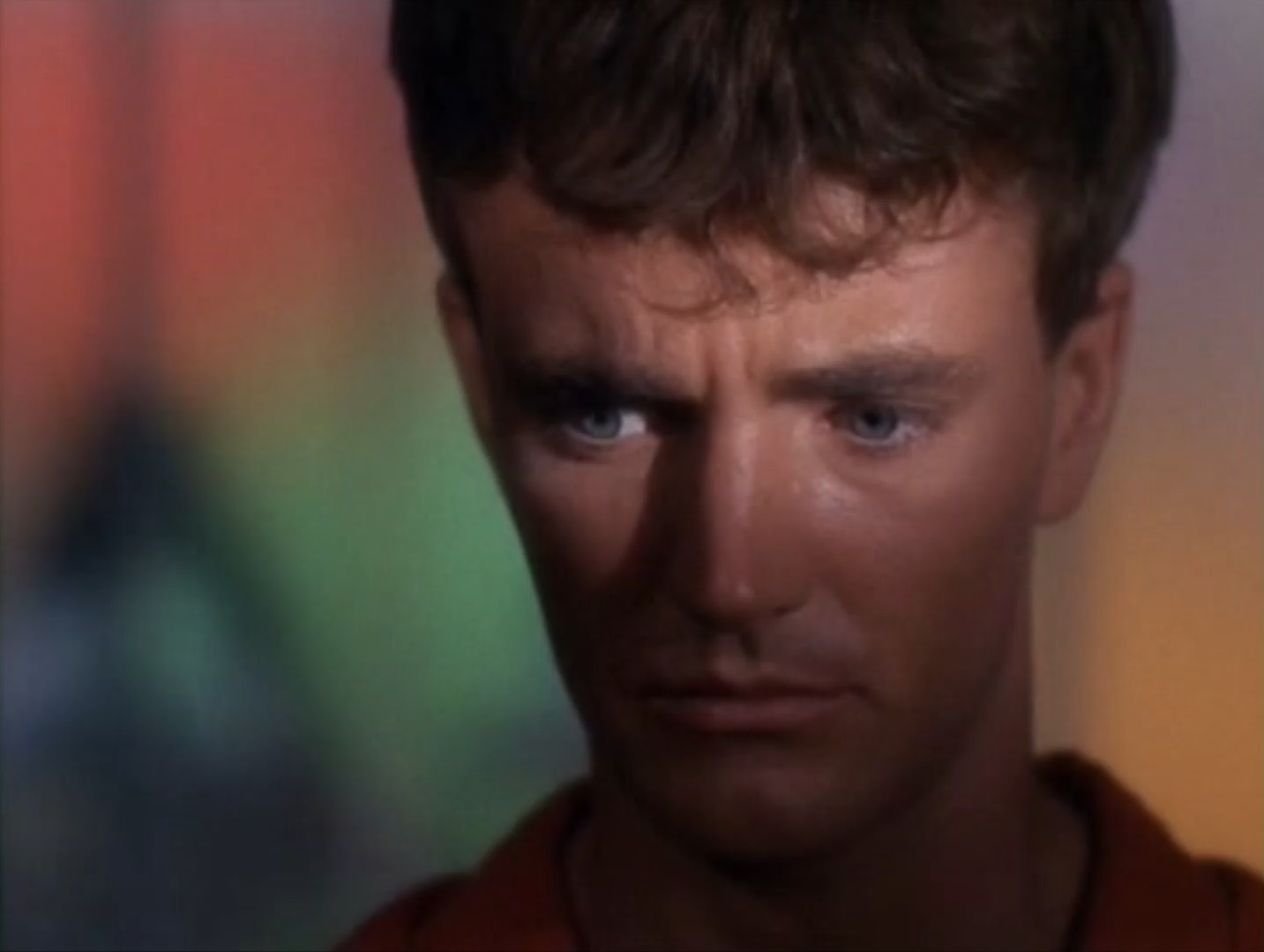Shakespearean Tragedy

by Erica Frank
Twenty years ago, on stardate 2794.7, a tragedy occurred on the fledgling colony of Tarsus IV. A fungus had infected most of their food stores, and there was not enough left for the colony to survive.
Faced with a crisis, Governor Kodos invoked martial law and made a shocking decision: Instead of waiting for slow starvation to destroy the entire colony, he attempted to assure partial survival by killing half of the colony's people. While this might be the kind of "hard decision" any planetary leader might face, Kodos earned himself the title "the Executioner" for it. This was likely less because of the choice he made than the way he implemented it: He did not draw random lots, nor did he have a computer calculate the best odds of survival based on the colony's needs for personnel. Instead, he personally decided who would live and who would die—killing parents and leaving children alive in some cases, and the reverse in others.
When the supply ships arrived earlier than expected—earlier enough to have saved everyone, had Kodos only waited—they found Kodos's body, burned beyond recognition. That was believed to be the end of the Tarsus IV tragedy… until 20 years later. Tom Leighton, a scientist and one of the few survivors who had met Kodos in person, recognized his voice in a group of Shakespearean actors.
Leighton called for Kirk (under some false pretences) to help him verify this, as Kirk was one of the few people who had also met Kodos. Leighton believed Karidian, the lead actor and head of the company, was Kodos. So this week's episode begins.
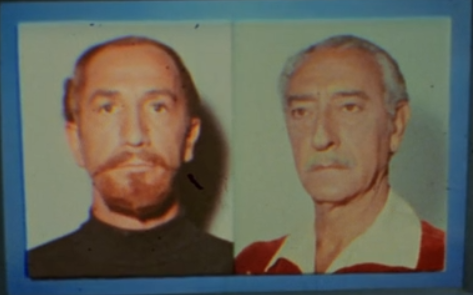
Kodos the Executioner (left) and Karidian (right)… could this be the same man?
In the course of checking Leighton's claims, Kirk discovers some odd details about the acting company… and Leighton is murdered.
Kirk, never one to call in external authorities or discuss plans with his talented command staff, decides the best way forward is to bring the company onto the ship, tell no one what he suspects, and…
At this point, my logic fails me. I'm not sure what the actual plan is, other than, "If Karidian is not Kodos, we'll just travel 8 light years out of our normal route and drop them off at their next scheduled planet." In the meantime, Kirk makes very friendly with Karidian's daughter, Lenore, who is never seen in the same outfit twice.

Lenore appears on the bridge of the Enterprise wearing what appears to be a furry pillowcase held in place by a furry scarf and a brooch.
It turns out that only nine people have seen Kodos in person, and most of them died when the Karidian company was nearby. In fact, only Captain Kirk and Kevin Riley are still alive.
…Do you remember Kevin Riley? He caught the alien virus in The Naked Time, locked everyone out of Engineering, and sang Irish songs over the intercom. He's recently been promoted, but Kirk busts him back down to Engineering alone—presumably, to keep him safe, but nobody tells him that. Kirk doesn't tell Spock why he's demoting the Ensign, either.
Spock does put the pieces together and demands to know why Kirk is risking his life. (That's rich, coming from the man who hijacked the Enterprise to haul it to the one planet with a death penalty for visiting.) Kirk tells Spock to leave his personal life alone. Spock very politely does not point out that 400+ crew members unknowingly traveling with a potential murderer is a bit outside the scope of Kirk's "personal life."
Isolating Riley doesn't help—someone manages to poison him. But since he was on the intercom at the time, asking his friends to talk to him (and Uhura to sing to him), they hear him call for help and whisk him away to sickbay just in time. However, when he overhears McCoy talking about the possibility that Karidian is Kodos, Riley sneaks off, grabs a phaser, and heads for the production of Hamlet.

"He murdered my father! My mother! I know that voice. That face… I know it!"
Riley is about to shoot Karidian, but Kirk stops him just in time. However, Karidian hears him, and is distressed that he recognizes the voice. Uness Riley is much older than he looks, he must've been, at most, a young teenager at the time; it's strange that Karidian would recognize it.
Backstage, Karidian talks with Lenore, in an intense, emotion-fraught speech about guilt, past decisions, and facing consequences. But no, Lenore assures him, he will never face the consequences of what he's done… because she's been killing the ones who might report him. Karidian/Kodos is horrified—he'd thought she was the one "pure" thing in his life, the only part untouched by his dark history. She is unrepentant, insisting she "would have killed a world to save him." To prevent them from being arrested, Lenore grabs a phaser and points it at Kirk. He points out that she'll never get off the ship.

"It will become floating tomb, drifting through space with the soul of the great Karidian, giving performances at every star he touches…"
She takes a shot at Kirk, but her father jumps in the way—and crumples before her, dead. She cannot accept this, cannot cope with what she's done, and her mind breaks. She is eventually taken to an institution, and believes that her father is still performing while traveling between the stars.
My notes contain the phrase, "lots of meaningful emotional monologuing that I tuned out." Lenore and Karidian were certainly both very dramatic. Perhaps their words would have more impact if I'd ever seen Hamlet performed.
I loved the look into Kirk's history, Karidian's sense of guilt (while still being too selfish to turn himself in), and the return of Riley. However, nobody lost a shirt in this episode, not even actors changing backstage.
3½ stars.
The Lady Doth Protest Too Much

by Tam Phan (Secret Asian Man)
Before I say anything about “Conscience of the King”, I just want to tip my hat to DeForest Kelley for one of my favorite scenes to date. McCoy’s casual demeanor while conversing with an agitated Spock was a delightful contrast to the usual stone-faced Spock vs. the emotional McCoy. With a drink in hand, McCoy masterfully navigated Spock’s concerns. It seems that this is a reoccurring dynamic between these two, and let’s just say that I wouldn’t be disappointed if they made a few Spock and McCoy centered episodes.

The rest of the episode wasn’t nearly as good. It played around with themes that didn’t seem to go anywhere. Man vs. machine, computers vs. emotions, logic vs. feelings. These ideas were brought up throughout the episode, but in the end, nothing came of them. There were no decisions being made by man nor machine—if any decisions were made at all. Kirk’s emotions didn’t play a role, and all his toiling over the computer and its logic made no difference. It felt as though there was an underlying message or moral that we were supposed to learn, but the message got lost. This episode might have been great if it had stuck to a single theme and followed through on it.
I really appreciated how light it was on the Shakespeare…until it wasn’t. I get that Shakespeare is famous and everyone loves anything to do with Shakespeare, but I find incorporation of Shakespeare in stories is often heavy handed. I think I groaned out loud at the very first scene because I thought I was about to endure Star Trek: Where Shakespeare Has Never Gone Before, but I was relieved to see the Bard actually play a very minor role in the episode. That all ended abruptly in the final scene. Closeups of Lenore’s contorted face forcing out lines of Shakespeare for nearly ten minutes was like a nightmare come true. She was relatively stable and seemingly aware of her decisions to murder innocent people until she suddenly wasn’t. If she had accidentally killed her father before losing her mind, that would have made sense, but the episode wasn’t over yet and there was still Shakespeare to be had. It’ll be too soon if I never see another Shakespeare themed episode of any show ever again. Did I mention Shakespeare?

"Are you bringing me in for genocide?" "No, you've exceeded your Shakespeare quota"
3 Stars
Detached Devices and Sensitive Spock

by Gideon Marcus
There is a lot to like about this latest episode, but also much that annoys. On the one hand, we got some lovely background on Kirk (and Riley! Childhood chums?) and a bit more color to the universe at large. We saw a new planet (suspiciously similar to the one in "Mudd's Women") and heard about another ship (the Astral Queen) and learned that even centuries from now, theater is still a coveted art form. A nice human element in a mechanized society.
So what didn't I like? It certainly seems like they took a half hour story and expanded it to an hour format. Kirk runs yet another test that determines Karidian is likely Kodos. Spock urges Kirk to take action. Kirk is uncharacteristically indecisive, worried about condemning an innocent man. This cycle happens at least four times.
Nimoy's performance is all over the place this episode: chatty, dramatic—it feels like early Spock again. Maybe it's another out-of-order episode. Though even odd Spock has an, ah, dramatic impact on the young women in our group who watch the show. One in particular could not help but sigh appreciatively throughout the show.
If Spock was off, Uhura was decidedly on. I loved her musical interlude, which felt perfectly natural, and was also a delight to hear. It was also nice to see Riley again, who is clearly destined to be a semi-regular like Sulu (with whom he has good chemistry).

But the star of the show was the ship's computer, who finally got to shine. I am used to science fiction computers either being helpful robots a la Robby from Forbidden Planet or the donut-head from Lost in Space, or they are giant sentient machines with human emotions, a la Agnes from that horrible Wally Cox Twilight Zone episode.
This time, we see what a future computer might actually be like—an extremely vast database with voice-active search and correlation functions. The mainframe also has time-sharing capabilities; I bet every crewmember could access the machine at the same time with little loss in program efficiency. Lord, what I wouldn't give for a setup like that!

In the end, I think that's what sets Trek apart from other television. Lots of shows have good stories, engaging actors, compelling cinematography, etc. But Trek incorporates real science and technology into the show. It feels like the future, in a non-flashy way.
"Conscience of the King" is not a great episode, but it presents a rich galaxy, one whose beginnings I hope to live long enough to see.
3 stars.
A Glance at Captain Kirk’s Psychology

by Jessica Dickinson Goodman
In this week’s episode, we learned that Captain Kirk is a survivor of genocide. The traumatic impact of that experience will inform how I understand him as a character, so I wanted to spend a moment diving into what it could mean to survive something like Tarsus IV. (NB: I am certain that some readers have experienced genocide personally or through their family memories, or may have family currently suffering it in the Biafra state in Nigeria or Indonesia. If you need to, please take care of yourself and feel free to skip this review.)
Since the word “genocide” does not appear in The Conscience of the King I would like to start with the United Nations’ 1951 Convention on the Prevention and Punishment of the Crime of Genocide defines genocide as:
In the present Convention, genocide means any of the following acts committed with intent to destroy, in whole or in part, a national, ethnical, racial or religious group, as such:
- Killing members of the group;
- Causing serious bodily or mental harm to members of the group;
- Deliberately inflicting on the group conditions of life calculated to bring about its physical destruction in whole or in part;
- Imposing measures intended to prevent births within the group;
- Forcibly transferring children of the group to another group.
Governor Kodos’s regime’s actions on Tarsus IV appear to satisfy 1), 2), and 3) from the United Nations’ definition, if we assume there was some amoral logic to his group selection. Dr. Leighton in particular seems to have suffered “serious bodily” and “mental harm,” though it is possible the symptoms of his survivor’s syndrome are just more visible. In Leighton’s short scenes, he shows an intense focus on Governor Kodos, his memories of Tarsus IV seem to remain alive and present for him, and he has a thousand-yard stare I associate with someone with shell shock.

Lieutenant Riley seems to have no memory of Tarsus IV until he hears Governor Kodos’ voice, at which point he becomes violently agitated and attempts to murder him. This looks like repression, followed by the explosive reactions that can result from long-term suppression of traumatic memories.
Captain Kirk’s reactions are more complex. On the surface, he treats the threat of Kodos’s return lightly, declaring “Kodos is dead” without much clear consideration. Erica rightly points out that Kirk’s plan in the second half of the episode makes little sense, given what he says his motivations are. But under the surface, something motivates him to use every power at his resource as a ship’s captain to seek out the truth.
Something is driving him with the same intensity of focus as Dr. Leighton showed. Something is brewing under that stoicism—perhaps it is actually a more refined brand of the repression that Lieutenant Riley shows. Kirk is of course a fictional character, but if he were a real person who survived the starvation, eugenics experiments, personal violence, and mass violence that happened on Tarsus IV, we would continue to see these effects. I’m curious how it has impacted his relationship with food, with social science, with companionship, and with his role as a leader making life-and-death decisions for those around him.

For more on the individual psychology of mass trauma, ask your local reference librarian for the translated writings of Dutch psychiatrist and Auschwitz survivor Dr. Eliazar de Wind, particularly what he calls “KZ Syndrome.” Also keep an eye out for publications from Auschwitz, Buchenwald and Sachsenhausen survivor Dr. Henry Krystal on “Mass Psychic Trauma,” based on the proceedings of the 1962-1965 workshops of that name at Wayne State University in Detroit, MI.
The Conscience of the King might have been my favorite episode, not the least because (unlike Tam) I adore anything to do with Shakespeare. I loved the chance to get more psychological depth on Kirk. I suspect it will pay off later down the line.
Five stars.
(The next episode of Star Trek looks amazing! Join us tomorrow night at 8:30 PM (Pacific AND Eastern — two showings)!!)


![[December 14, 1966] (<i>Star Trek</i>: The Conscience of the King)](https://galacticjourney.org/wp-content/uploads/2021/12/661214title-672x372.jpg)

![[December 4, 1966] Riddle wrapped in an enigma (<i>Star Trek</i>: "The Menagerie")](https://galacticjourney.org/wp-content/uploads/2021/11/661204title-672x372.jpg)


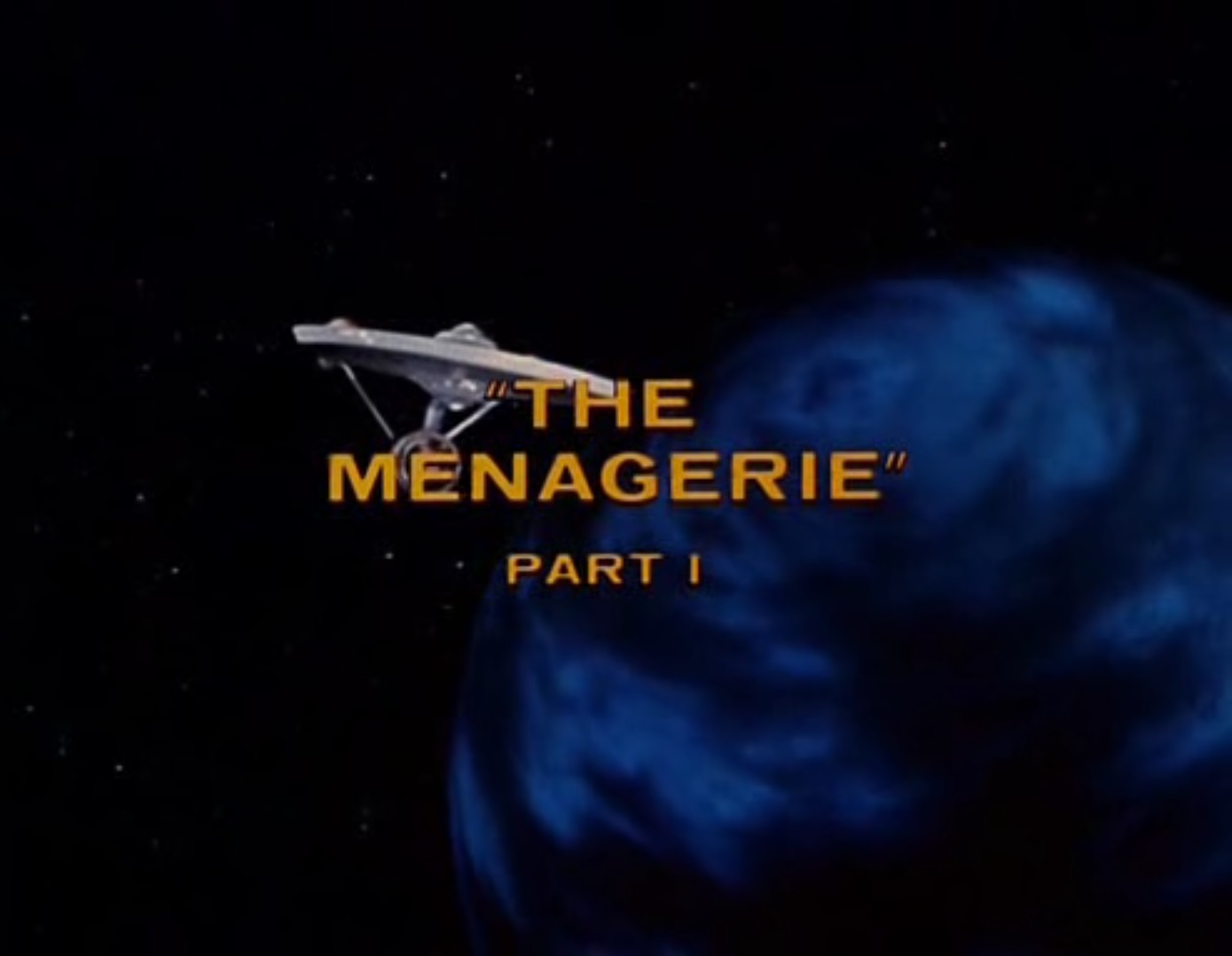
![[November 10, 1966] <i>Star Trek</i>: "Dagger of the Mind"](https://galacticjourney.org/wp-content/uploads/2021/11/661110title-672x372.jpg)

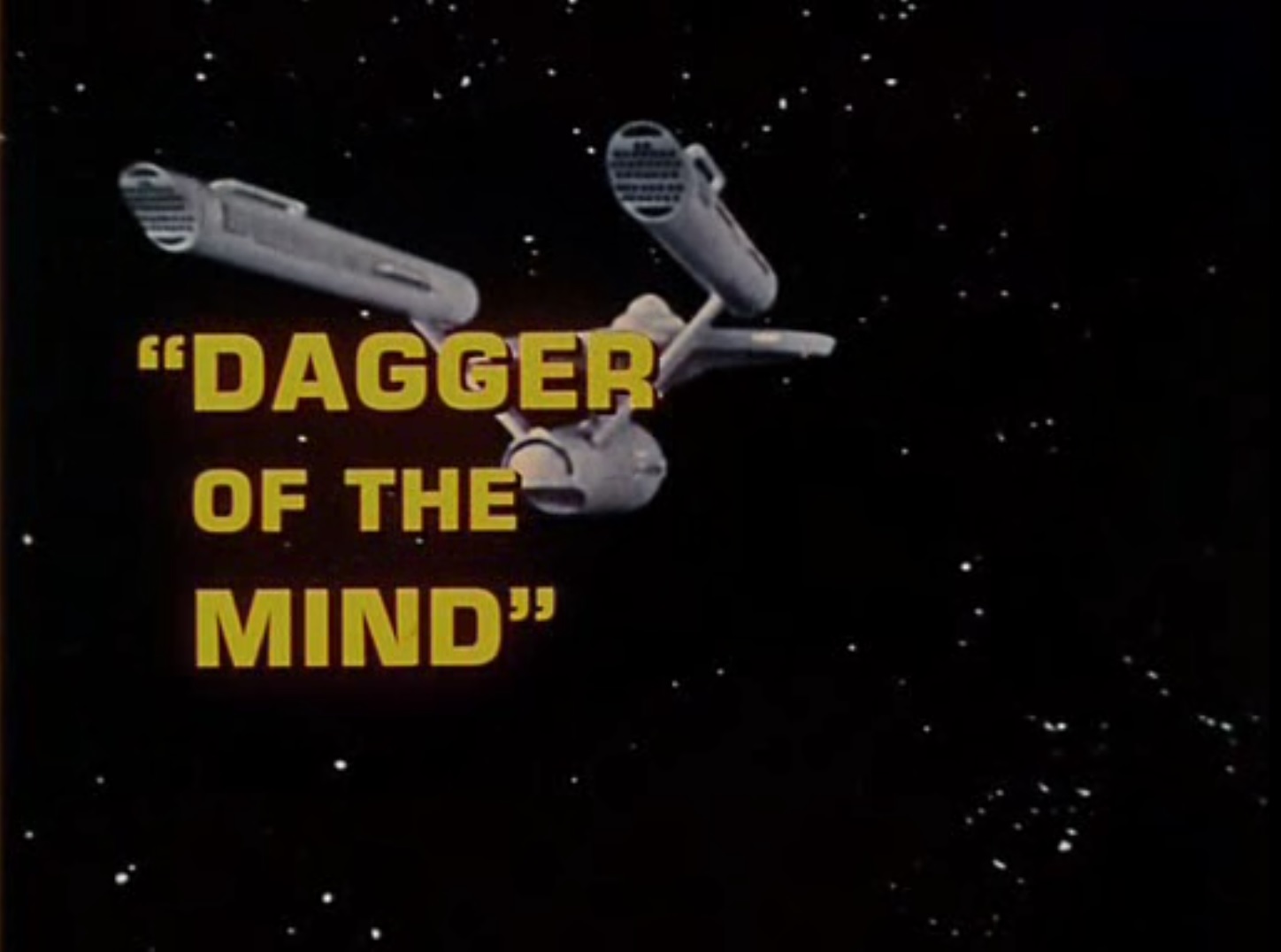
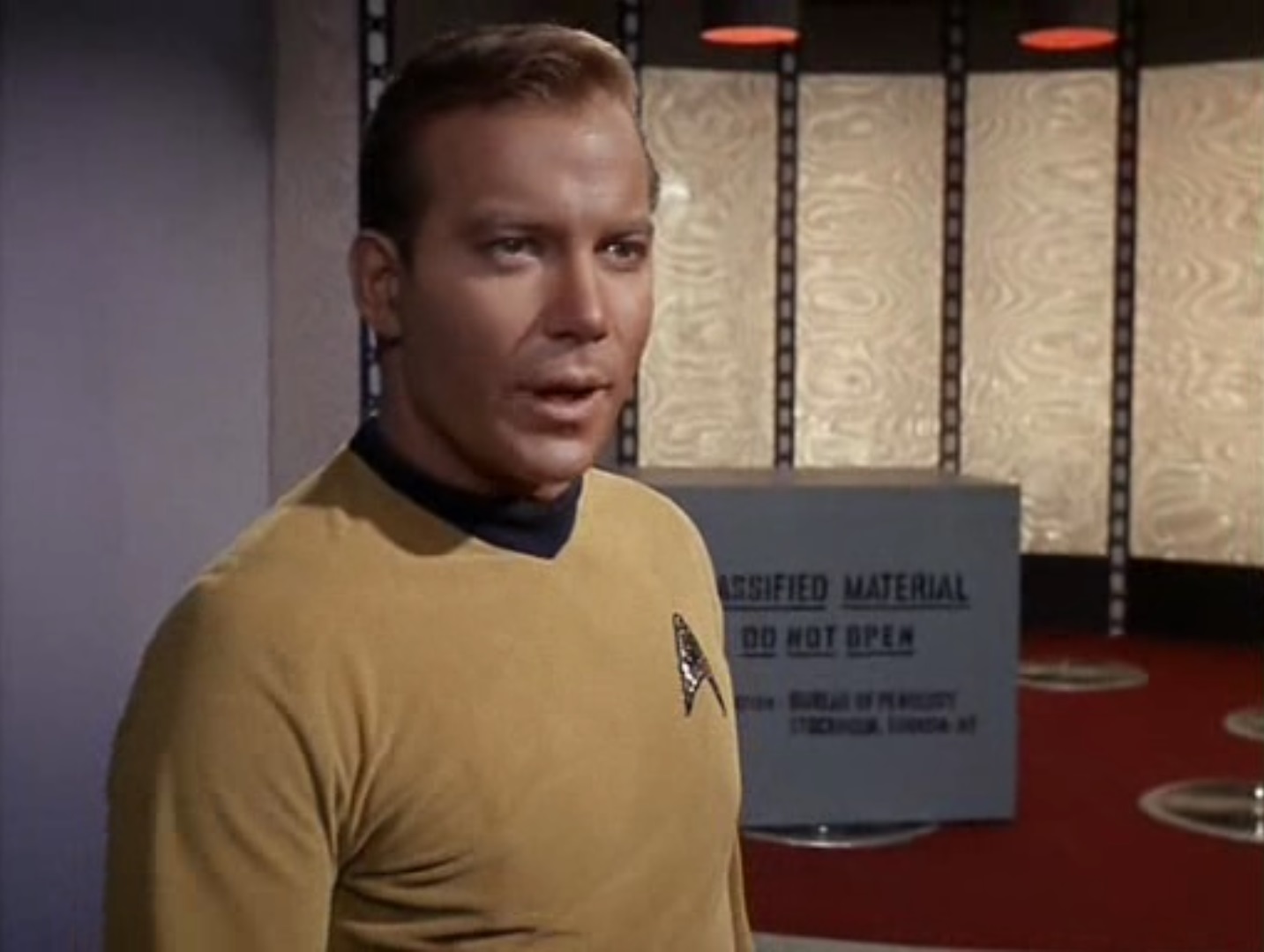
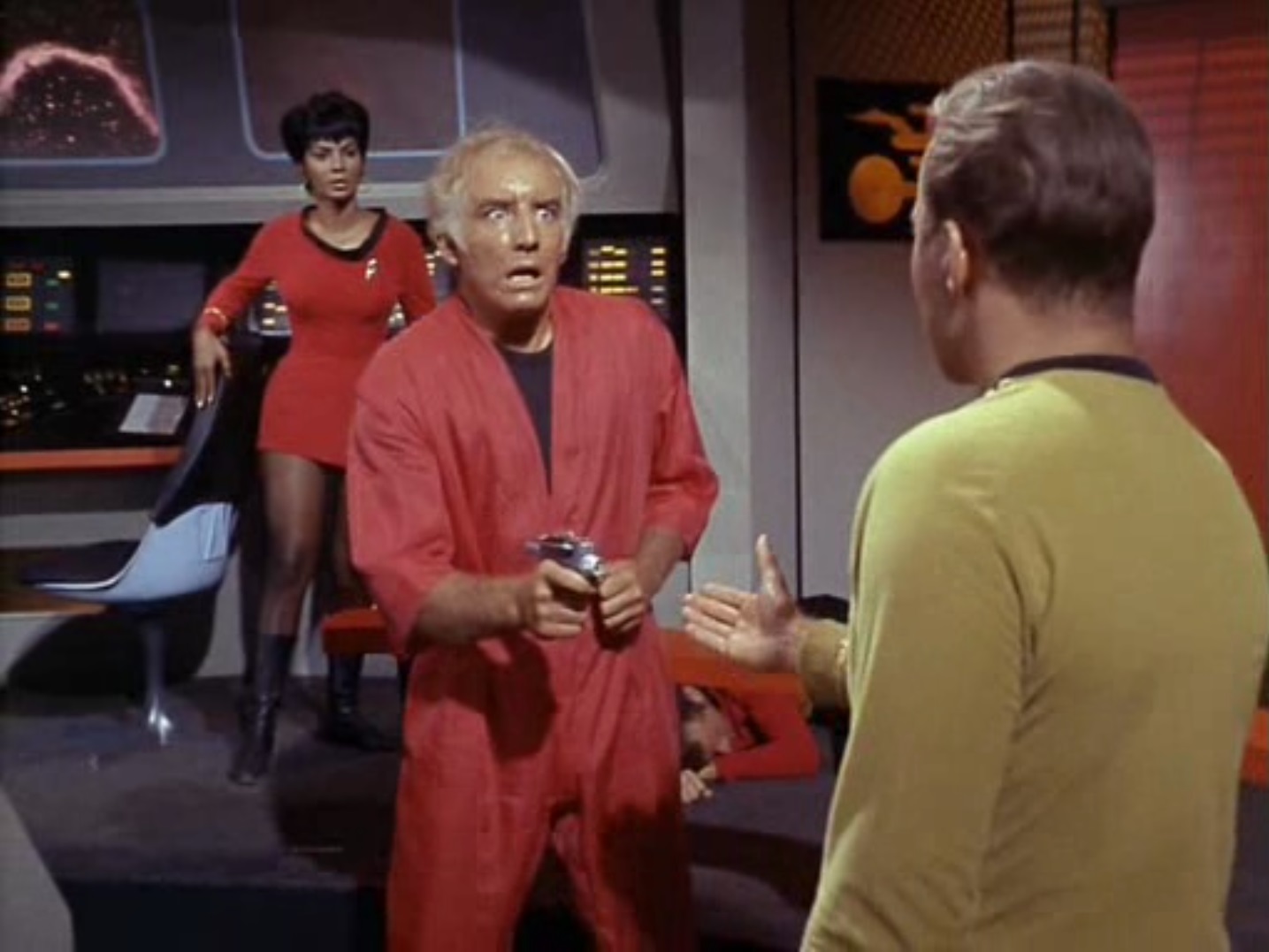
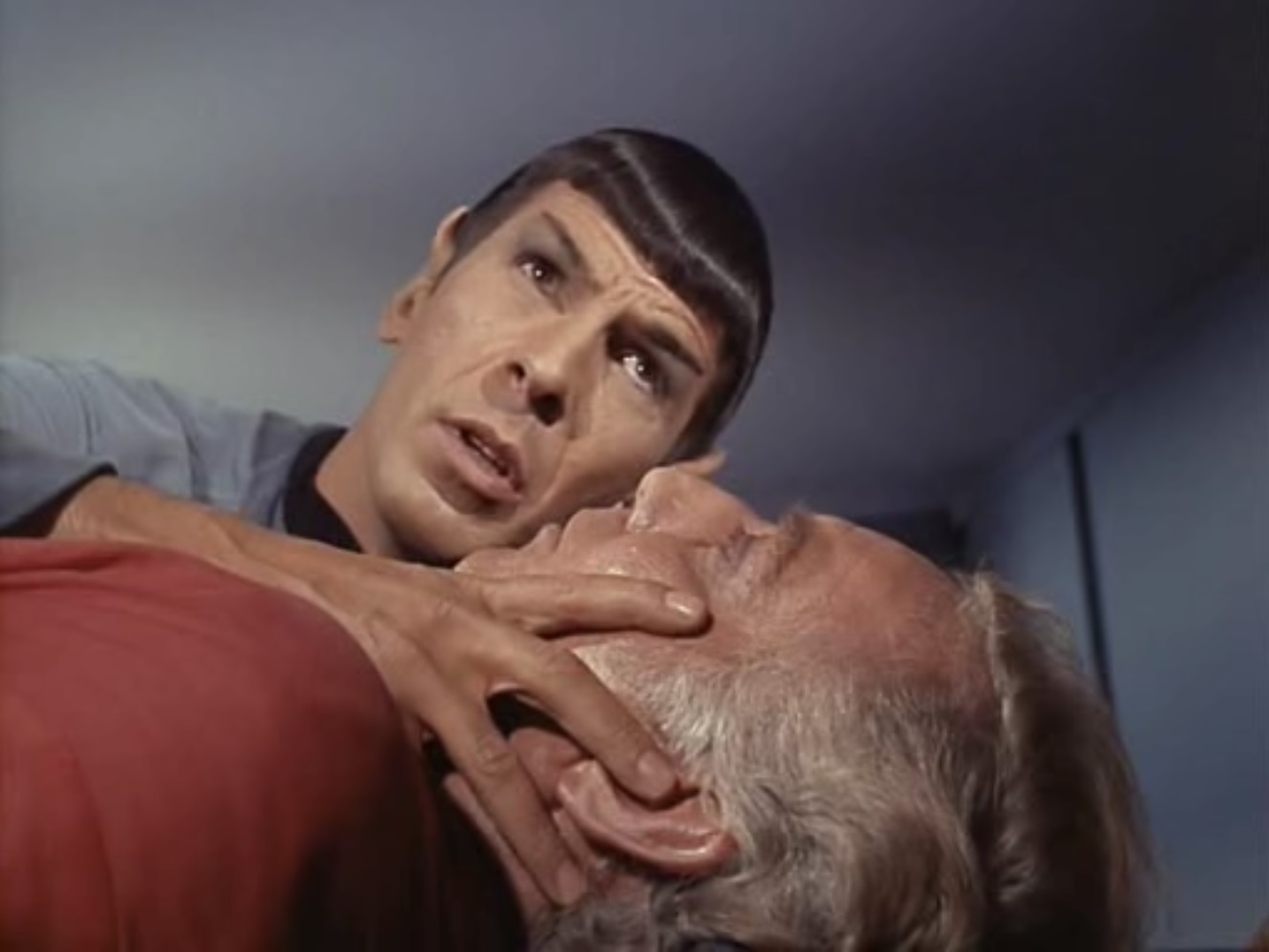
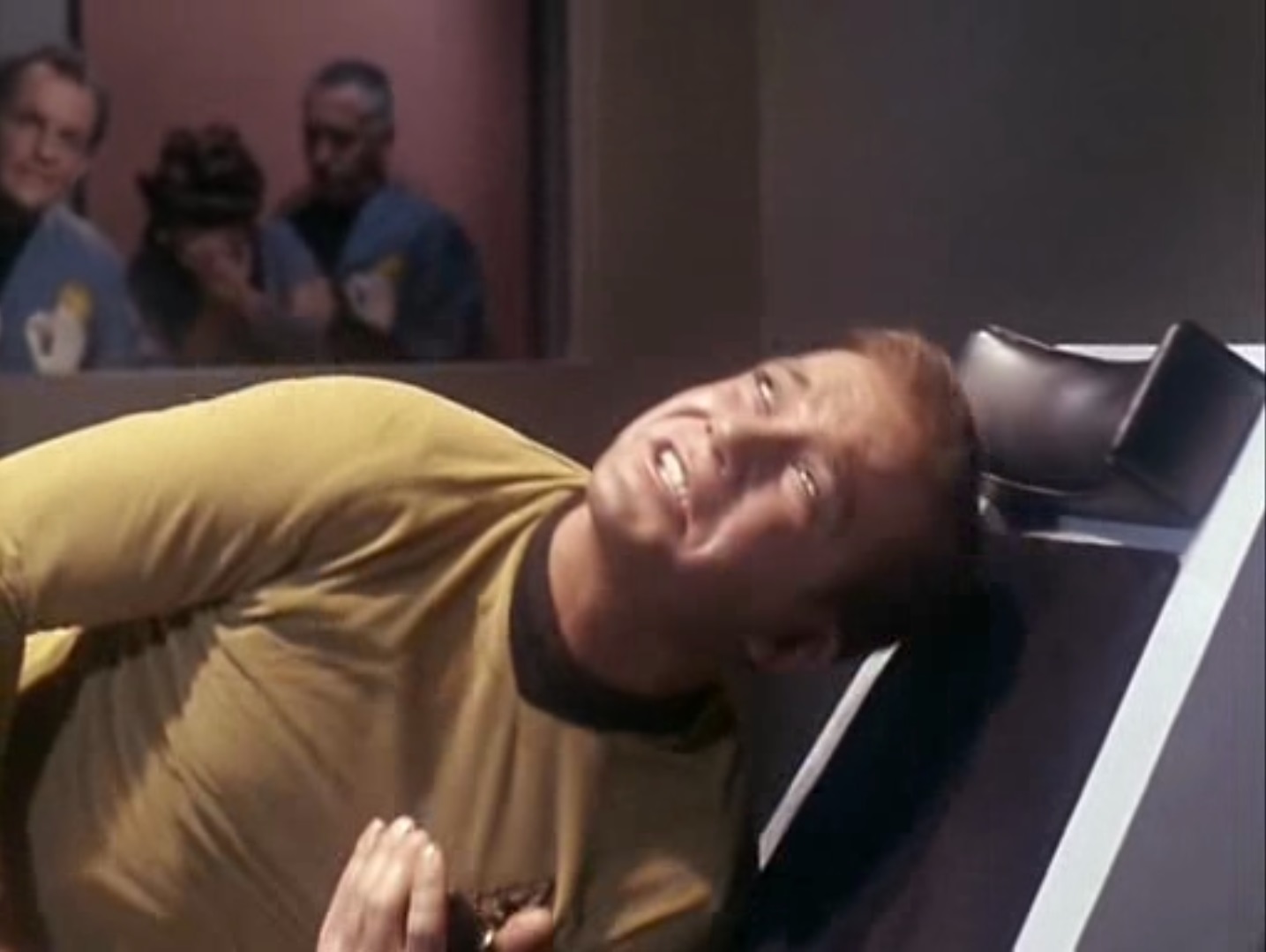
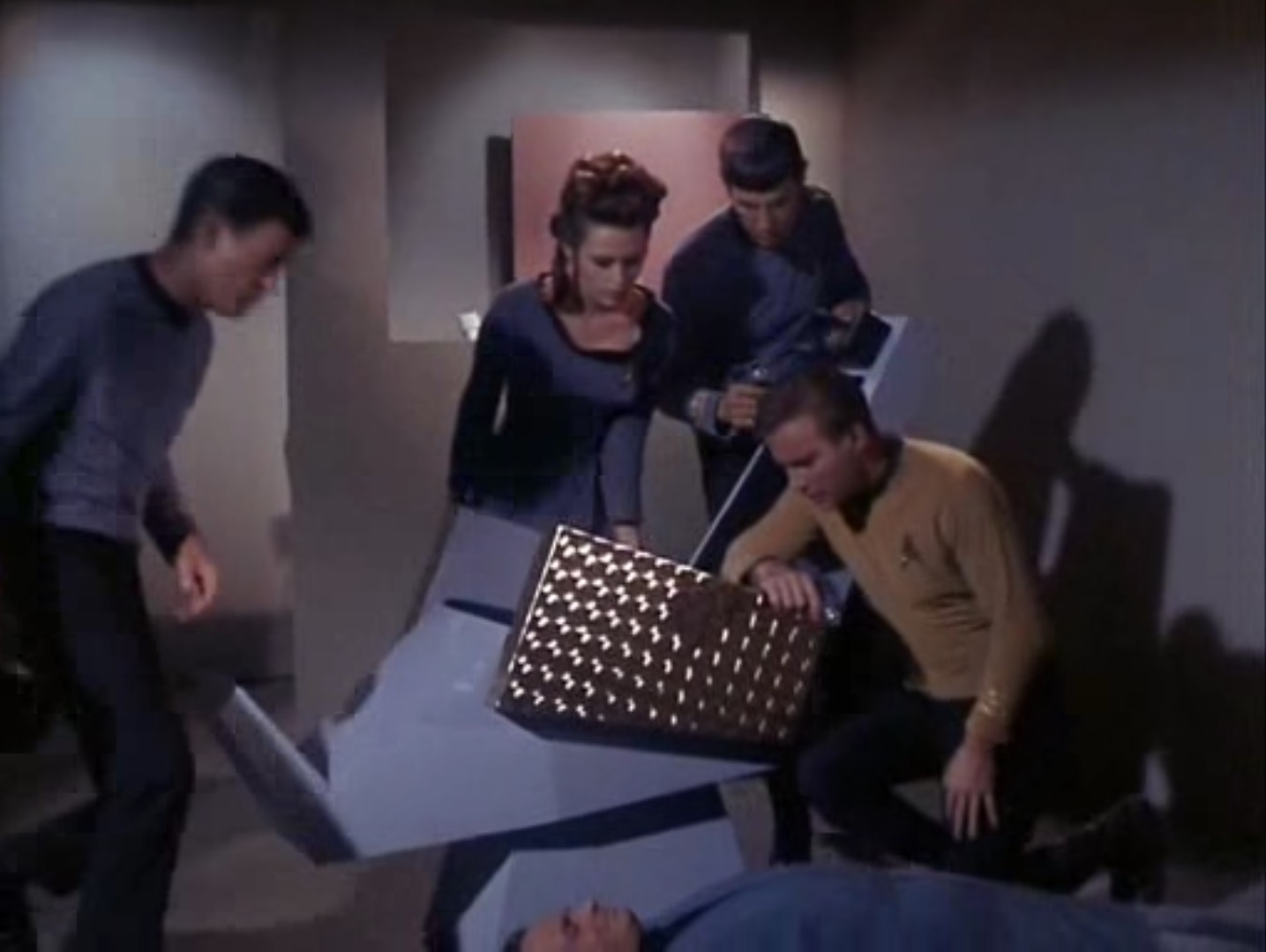


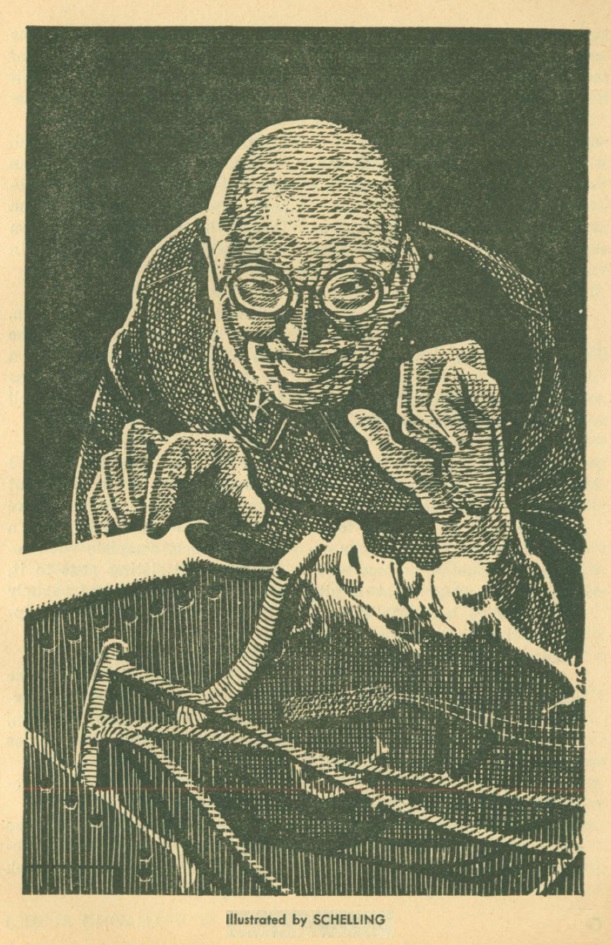
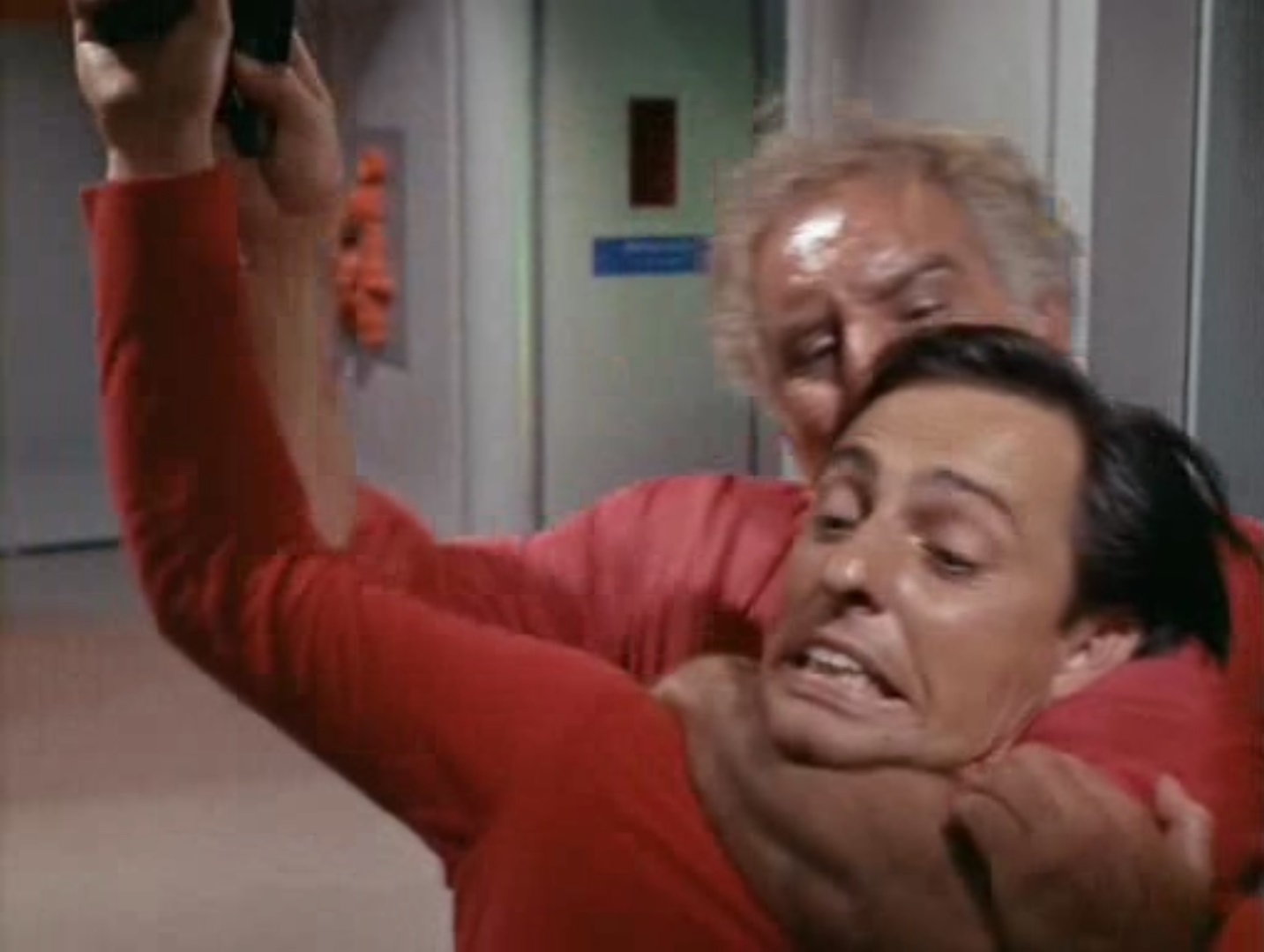
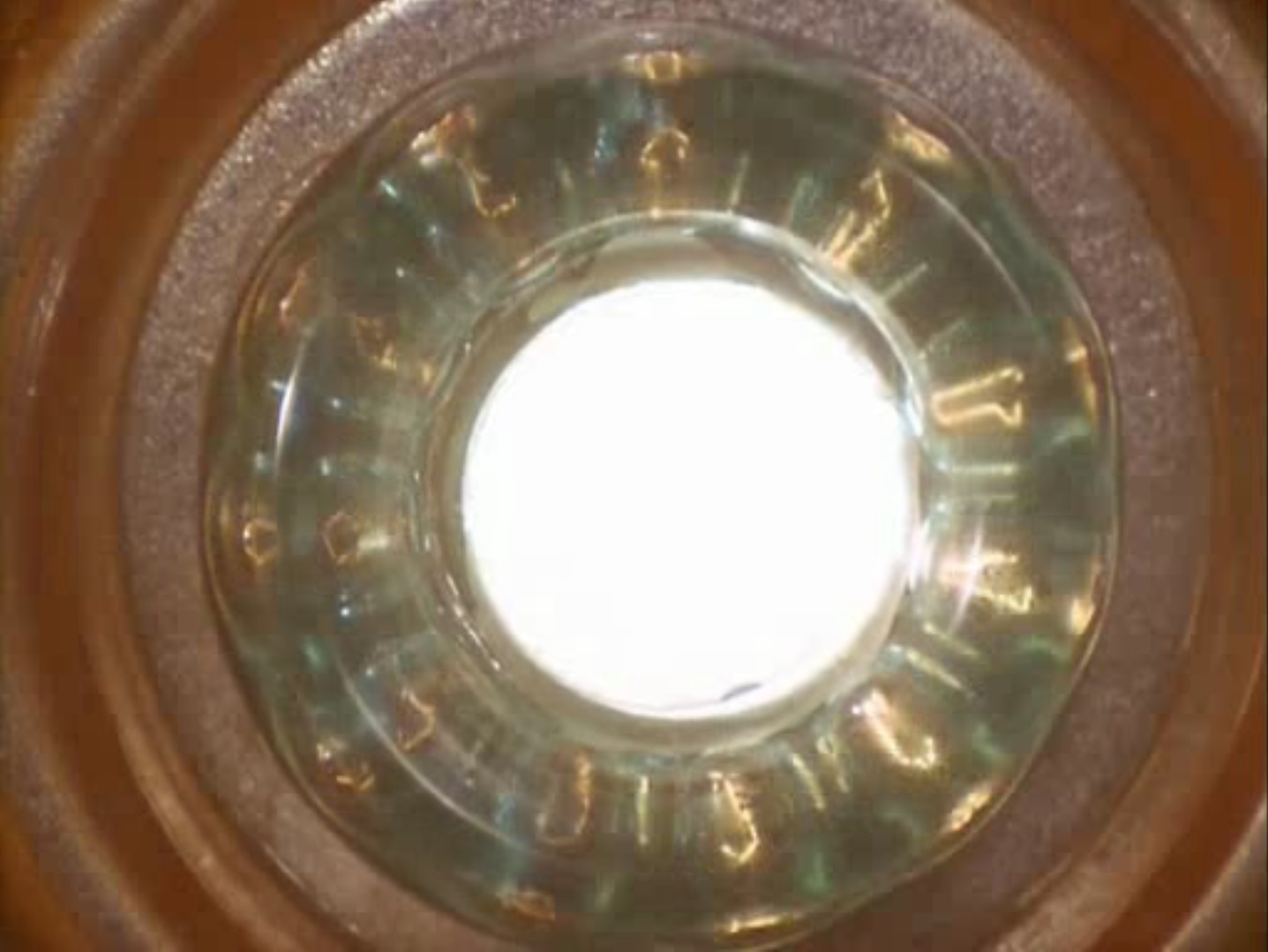
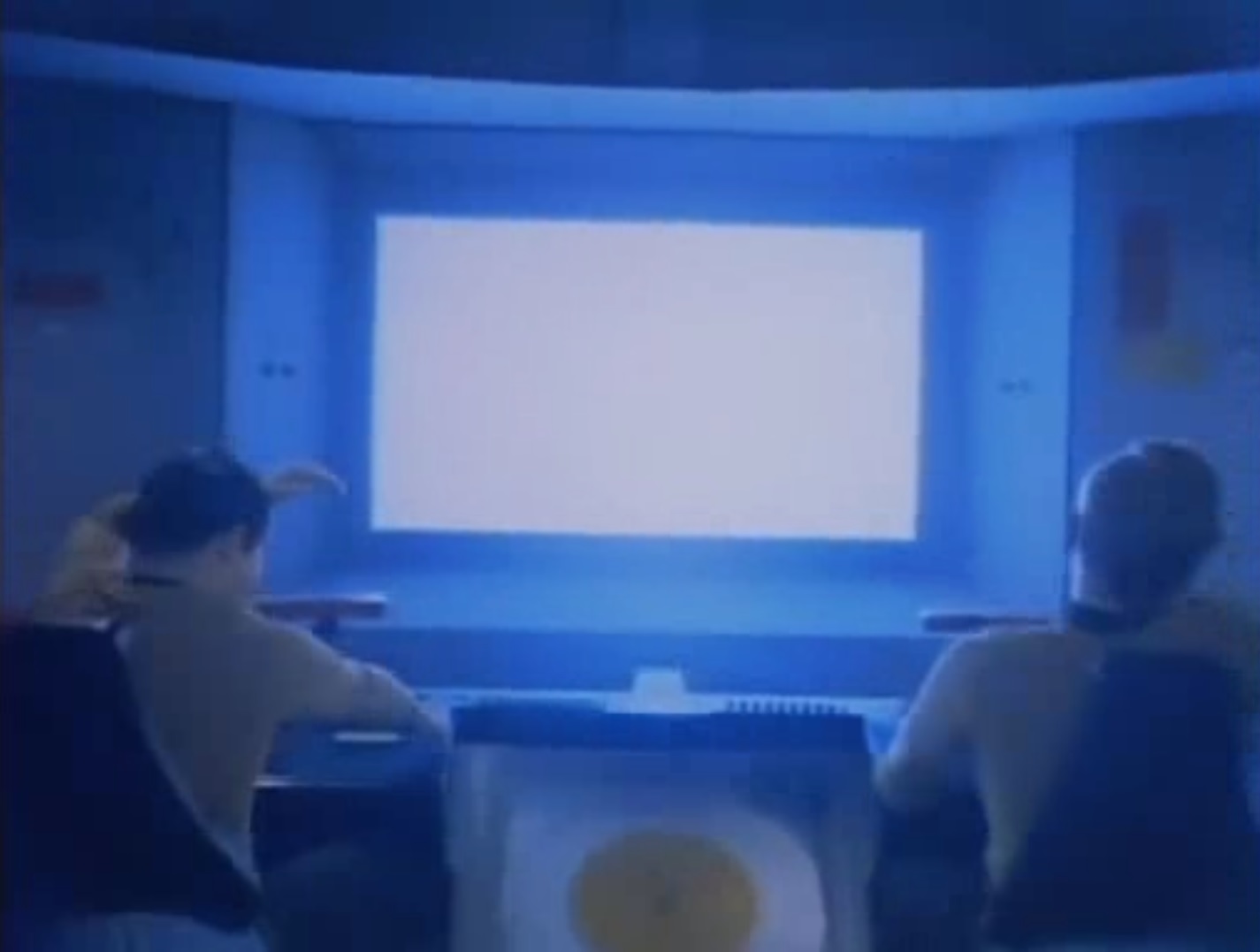
![[November 4, 1966] <i>Star Trek</i>: "Miri"](https://galacticjourney.org/wp-content/uploads/2021/10/661104title-672x372.jpg)









![[October 12, 1966] Inside Out (<i>Star Trek's</i> "The Enemy Within")](https://galacticjourney.org/wp-content/uploads/2021/10/661012title-672x372.jpg)

![[September 20, 1966] In the hands of an adolescent (<i>Star Trek</i>'s "Charlie X")](https://galacticjourney.org/wp-content/uploads/2021/09/660920a-672x372.jpg)

![[September 12, 1966] Boldly Going (<i>Star Trek</i>'s "The Man Trap")](https://galacticjourney.org/wp-content/uploads/2021/09/660914title-672x372.jpg)














